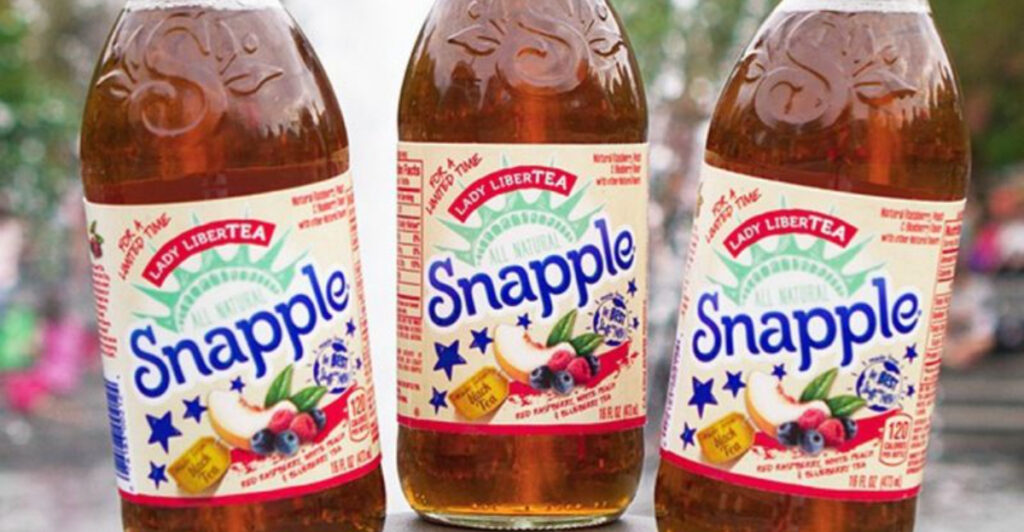American food brands have long held a special place in the hearts of tourists and locals alike. These brands evoke memories of road trips, family gatherings, and cultural experiences. However, corporate takeovers often alter these beloved brands, changing recipes, packaging, and distribution. This blog explores 16 classic American food brands and how corporate acquisitions have transformed them over the years.
1. Gardenburger
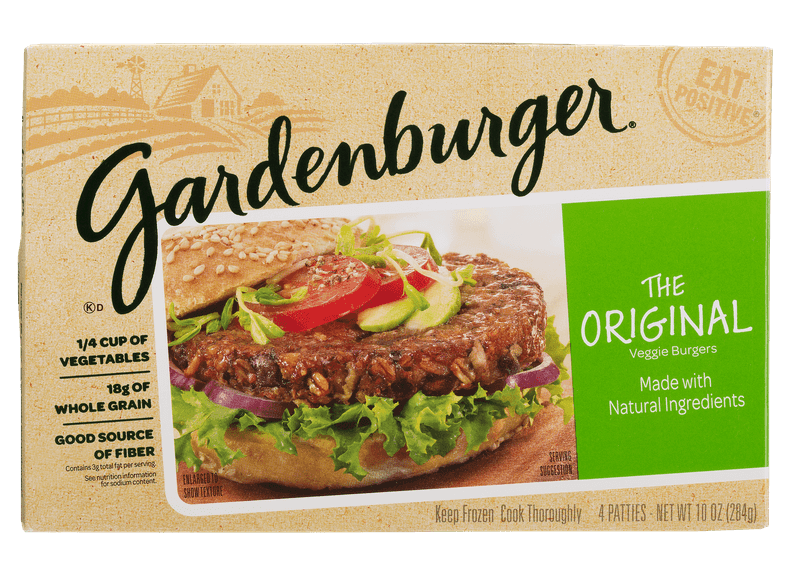
Gardenburger, a pioneer in vegan patties, thrived among health-conscious consumers. Its acquisition by Kellogg in 2007 brought significant changes. Kellogg’s decision to incorporate egg whites and dairy into the recipe alienated its core vegan base. The shift was seen as a betrayal of the brand’s original ethos, leaving long-time supporters disillusioned. While the intent was to broaden appeal, the changes diluted Gardenburger’s identity. The story of Gardenburger serves as a reminder of the delicate balance between expansion and authenticity. Corporate decisions can lead to unintended consequences, particularly when they stray from a brand’s foundational values.
2. Famous Amos
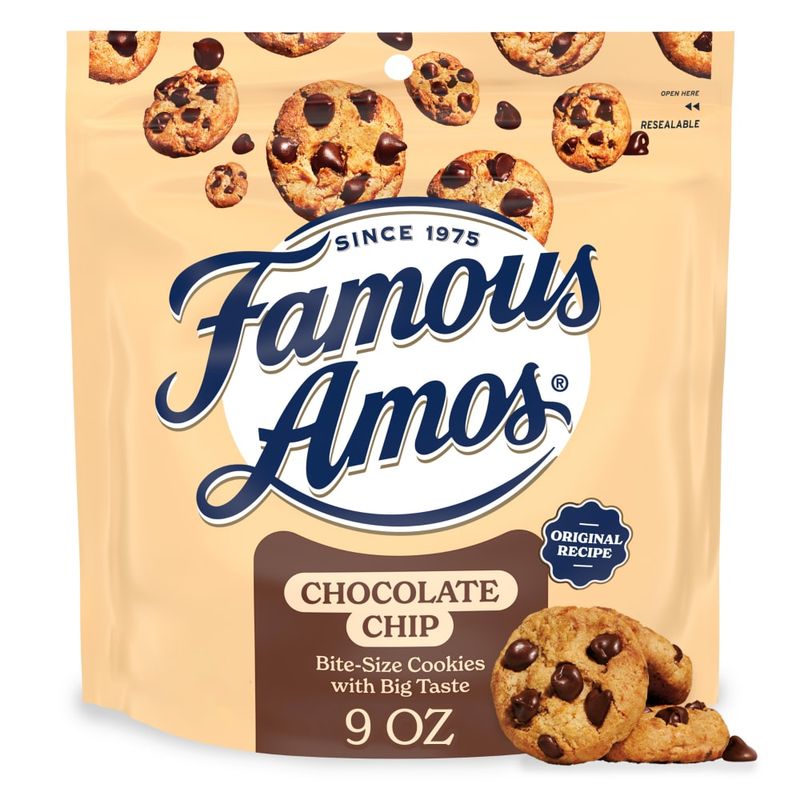
Famous Amos cookies, with their distinctively rich flavor, became a beloved treat for many. When Kellogg acquired the brand, and later Ferrero, fans noticed changes in portion sizes and packaging. The reformulation of these iconic cookies sparked debates among loyal consumers, many of whom claimed the taste had been compromised. Despite attempts to modernize the brand, the essence of Famous Amos seemed lost in translation. The story of Famous Amos highlights the challenges faced when revamping a classic product. It serves as a lesson in understanding the importance of maintaining a brand’s original charm amidst corporate transitions.
3. Keebler
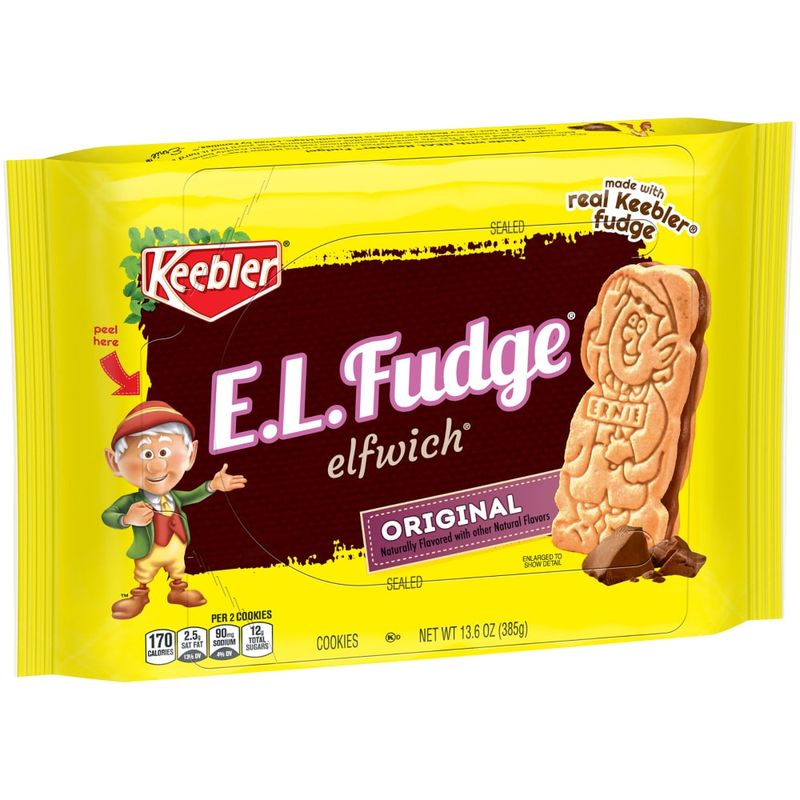
Keebler’s enchanting world of elves and cookies captured imaginations across generations. After Kellogg’s acquisition, the removal of the Keebler name from certain products was a blow to its nostalgic identity. Merging products into Kellogg’s branding felt like erasing a cherished legacy. Loyal fans lamented the loss of Keebler’s unique character. This transition illustrates the potential pitfalls of rebranding iconic names. Keebler’s journey from a beloved independent brand to a conglomerate division underscores the importance of preserving brand heritage. The story resonates with those who cherish the whimsical magic that Keebler once represented.
4. Murray’s & Little Brownie Bakers
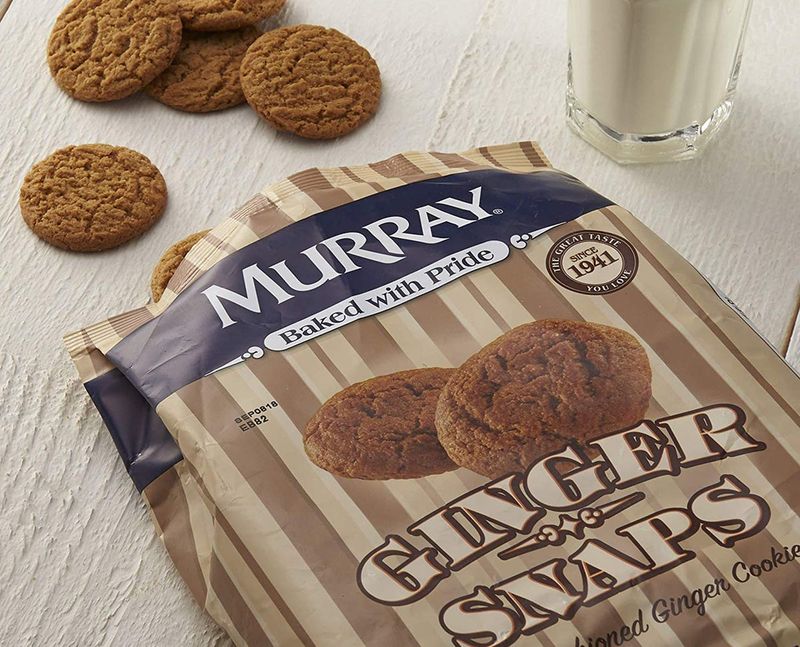
Murray’s and Little Brownie Bakers once delighted cookie enthusiasts with their distinct offerings. However, their divestiture by Kellogg to Ferrero in 2019 brought noticeable changes. Fans felt the shift in product distribution and recipe tweaks, which altered their favorite treats. The story of these brands reflects the impact of corporate transitions on product identity. Changes in ownership often lead to adjustments that can alienate long-time consumers. Murray’s and Little Brownie Bakers stand as examples of how the essence of a brand can change when it becomes part of a larger conglomerate, leaving devotees longing for the past.
5. Quaker Oats / Gatorade
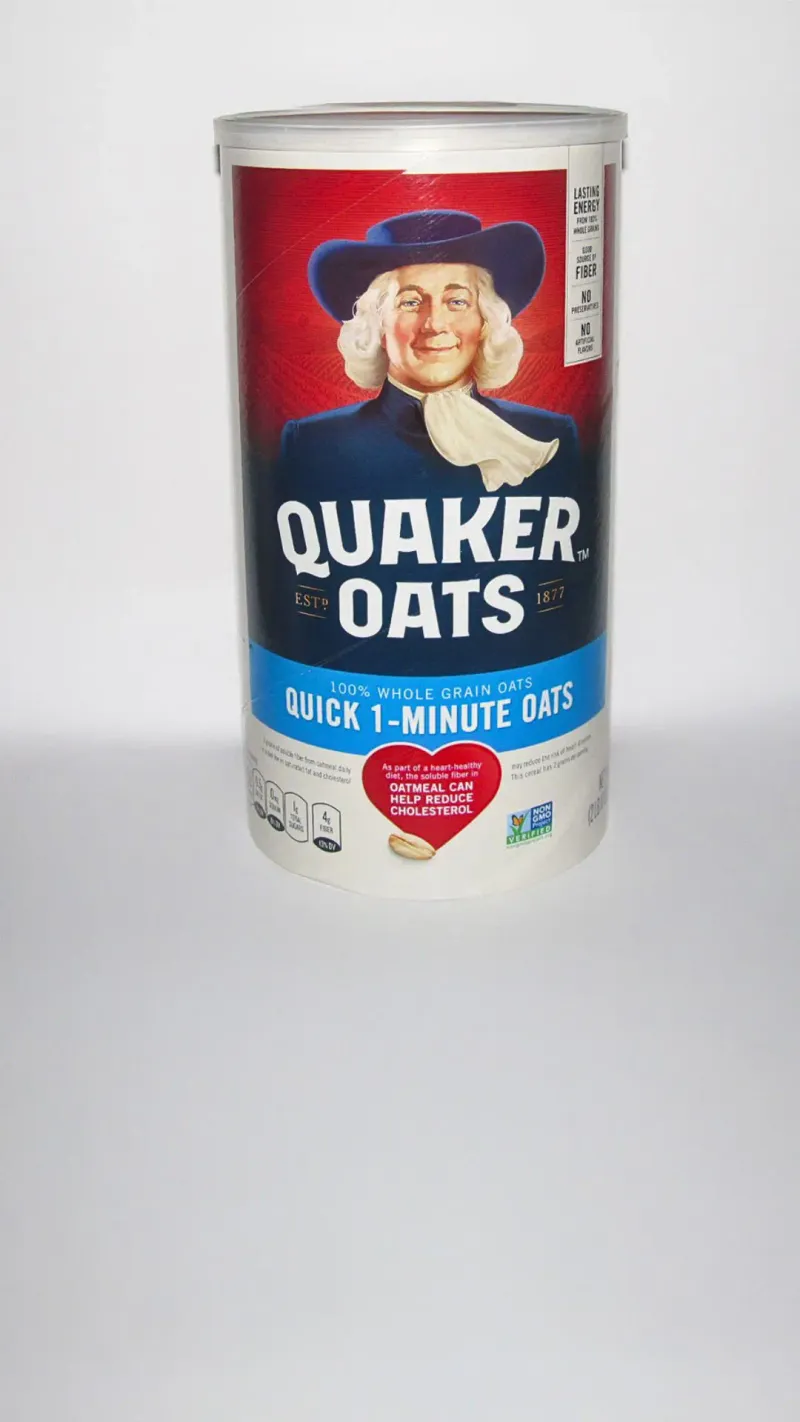
Quaker Oats, with its wholesome image, entered a new era when PepsiCo acquired it in 2001. This acquisition also brought Gatorade under PepsiCo’s expansive umbrella. While some welcomed the growth opportunities, others feared a loss of Quaker’s independent spirit. The integration into a larger corporate mix sparked concerns about the preservation of heritage. Quaker Oats’ journey through this acquisition highlights the balance between growth and maintaining brand authenticity. The experience serves as a reflection on how consumer perceptions can shift when beloved brands become part of a larger conglomerate, altering their historical narrative.
6. Siete Foods
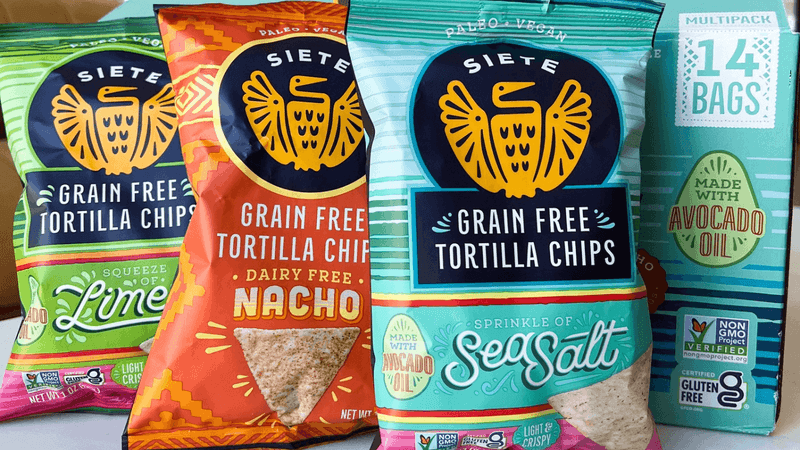
Siete Foods, celebrated for its clean-eating and Mexican-American authenticity, faced a crossroads when PepsiCo acquired it in 2024. Fans viewed this move as contradictory to Siete’s foundational values. Concerns arose over the potential dilution of its cultural essence. The acquisition story of Siete Foods is a testament to the complexities of maintaining authenticity in the face of corporate growth. It underscores the struggle of preserving cultural identity while navigating the demands of larger market dynamics. The fate of Siete Foods serves as a poignant reminder of the delicate balance between expansion and staying true to one’s roots.
7. Snapple
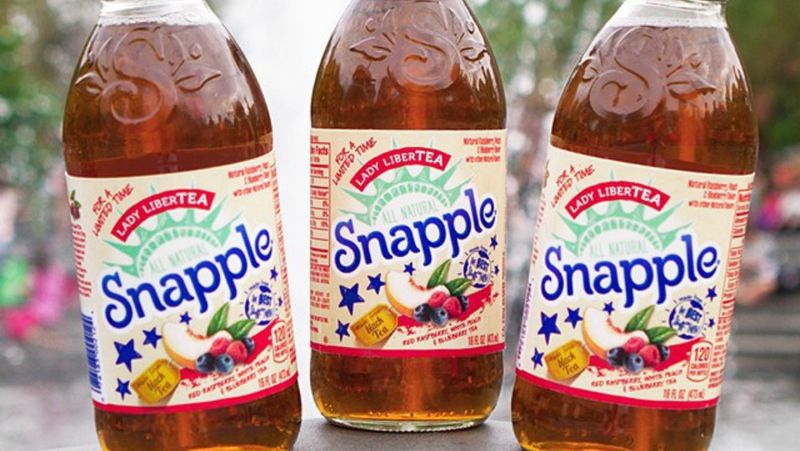
Snapple, once an icon of quirky Brooklyn culture, captured hearts with its unique flavors and grassroots charm. In the 1990s, Quaker Oats acquired Snapple, aiming to expand its reach. However, changes were swift and starkly unpopular. The elimination of beloved spokespeople and local partners marked a shift away from its community-centric roots. Packaging alterations also left a sour taste with loyal customers. The brand’s rapid transformation under Quaker’s ownership led to a financial debacle, resulting in a $1.4 billion loss when sold. Snapple’s story is a cautionary tale of how corporate ambitions can sometimes miss the mark with devoted fans.
8. Cadbury (U.S.)
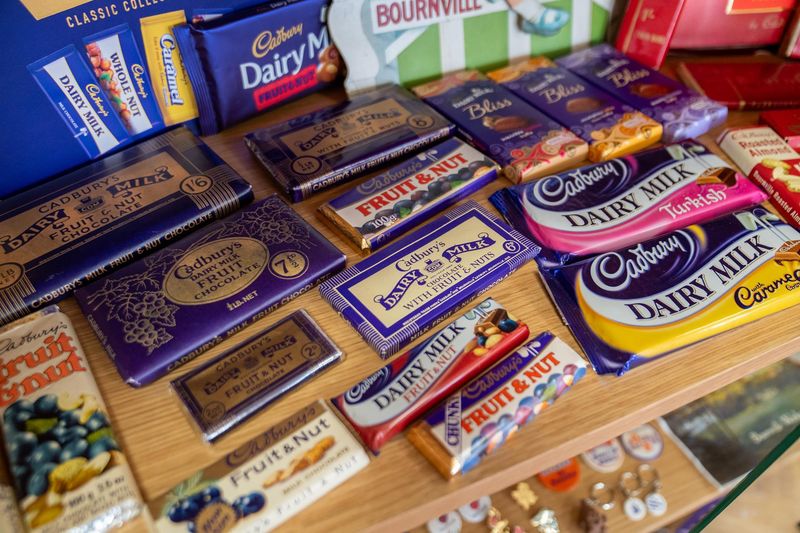
Cadbury, known for its rich chocolate, faced turbulence post-acquisition by Kraft in 2010. Factory closures in the U.S. and UK sparked criticism over perceived cost-cutting measures. Fans lamented the impact on quality and availability. Cadbury’s journey through corporate restructuring is a classic tale of tradition clashing with modern business strategies. The changes prompted debates about maintaining quality versus meeting financial goals. For Cadbury, the challenge was preserving its heritage amidst evolving corporate priorities. This story serves as a reminder of the delicate balance between maintaining legacy and adapting to new market realities.
9. Nabisco
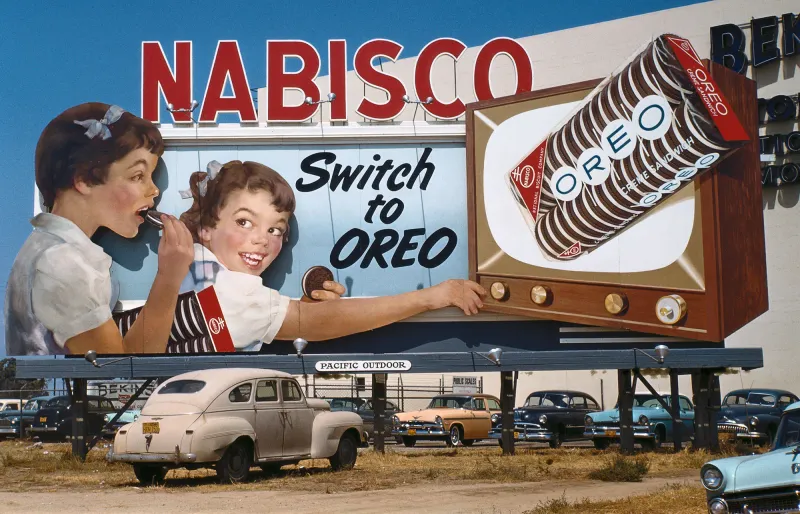
Nabisco, a staple in American households, underwent significant changes following multiple takeovers. The RJR Nabisco buyout by KKR marked the start of a transformative journey. Subsequent divestitures diluted the brand’s original operations, leaving fans nostalgic for the authentic Nabisco experience. The story of Nabisco illustrates the complexities of corporate restructuring. As ownership changes led to altered product lines, consumers felt a disconnect from the brand’s storied past. Nabisco’s path serves as a case study in navigating the challenges of maintaining brand integrity amid financial and strategic shifts.
10. Pillsbury
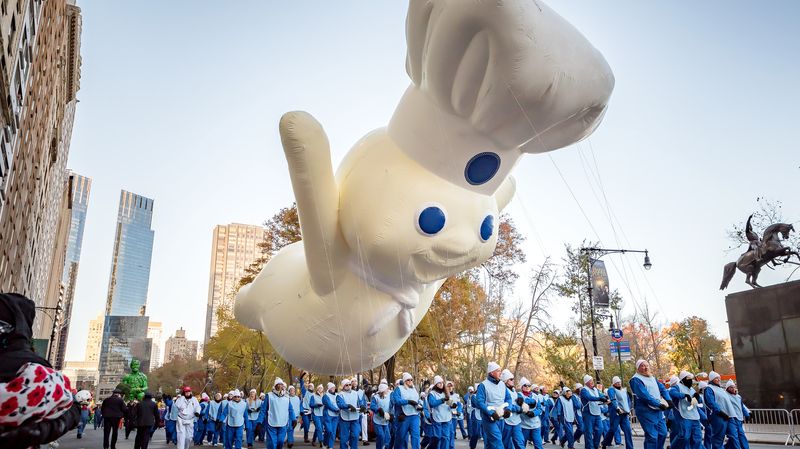
Pillsbury, synonymous with home baking, faced transformations after General Mills acquired it in 2001. The integration led to changes in recipes and product discontinuations, causing dismay among loyal bakers. Pillsbury’s journey highlights the impact of corporate acquisition on beloved household brands. As it became part of a broader portfolio, the brand’s unique offerings evolved, sparking debates among long-time users. The Pillsbury story serves as an exploration of how corporate decisions can reshape product lines, sometimes at odds with consumer expectations. The doughboy remains an emblem of nostalgia in a changing landscape.
11. Annie’s
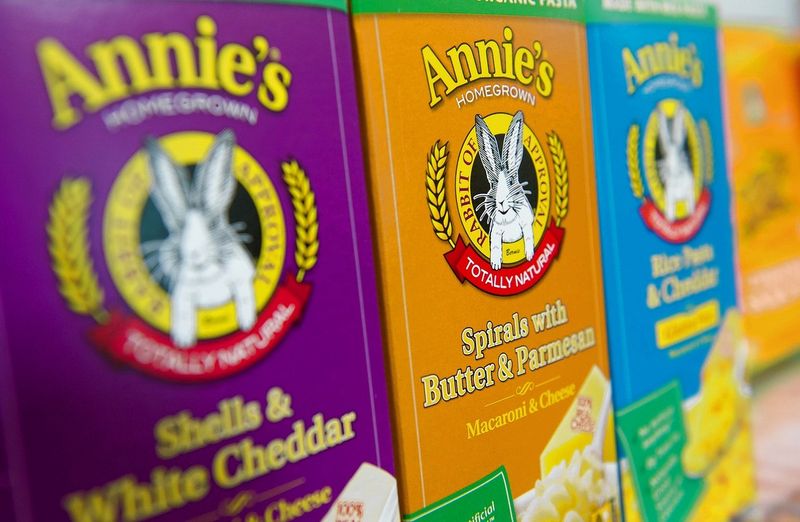
Annie’s, celebrated for its commitment to organic values, embarked on a new chapter following its acquisition by General Mills in 2014. The transition sparked concerns about the preservation of its independent spirit. Critics feared that the brand would become just another entity within a large conglomerate. Annie’s journey through corporate acquisition emphasizes the challenges of maintaining authenticity while leveraging newfound resources. The story serves as a reminder of the delicate balance between growth and preserving original values. For Annie’s fans, the question remains whether the brand can stay true to its roots amidst corporate expansion.
12. Nature Valley
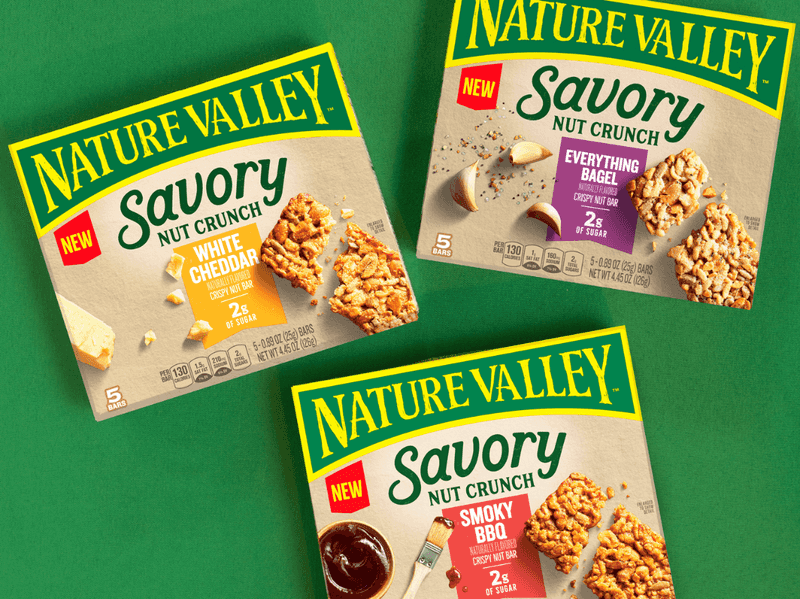
Nature Valley, known for its crunchy granola bars, experienced shifts under General Mills’ ownership since 1975. Recent recipe tweaks and packaging changes have sparked conversations about corporate cost-cutting overshadowing product innovation. Fans feel the essence of Nature Valley’s offerings has evolved, leading to mixed reactions. The journey of Nature Valley highlights the tension between maintaining product quality and meeting corporate objectives. It underscores the challenges faced when balancing innovation with consumer expectations. Nature Valley’s story serves as a case study in navigating the complexities of evolving market demands while preserving brand identity.
13. Blue Buffalo
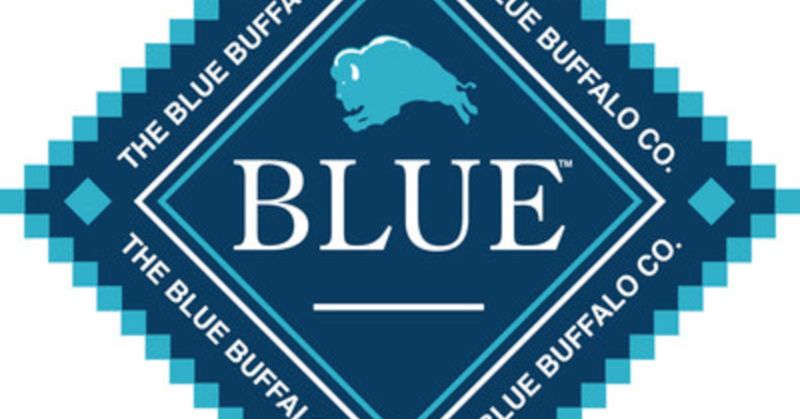
Blue Buffalo, a leader in premium pet food, entered new territory when General Mills acquired it in 2018. The transition into mainstream operations raised concerns about ingredient transparency. Consumers wondered whether the brand’s focus on quality would shift. Blue Buffalo’s story reflects the dynamics of integrating specialized products into larger corporate ecosystems. As fans debated changes, the brand’s journey highlighted the importance of maintaining trust and transparency. The acquisition of Blue Buffalo serves as a testament to the challenges of scaling while staying true to core values, emphasizing the significance of consumer confidence in brand transitions.
14. Twinkies (Hostess Brands)
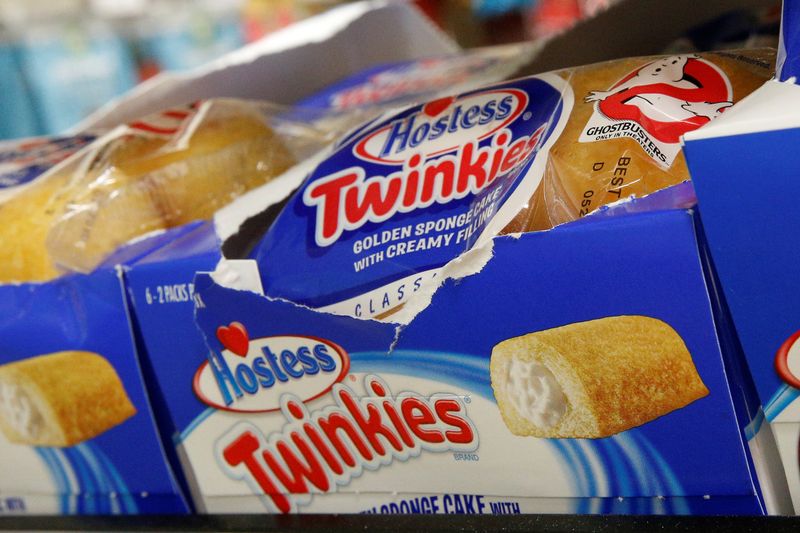
Twinkies, an iconic American snack, faced a rollercoaster journey through corporate upheaval. Once part of RJR Nabisco, the brand disappeared amidst a 2012 bankruptcy. Its later revival under new ownership sparked debates about changes in taste and texture. Twinkies’ story is emblematic of the challenges faced during financial restructuring. The journey from bankruptcy to revival illustrates the complexities of balancing brand legacy with new market realities. Twinkies serves as a nostalgic reminder of the enduring appeal of classic snacks, even as they navigate the turbulent waters of corporate change.
15. Del Monte
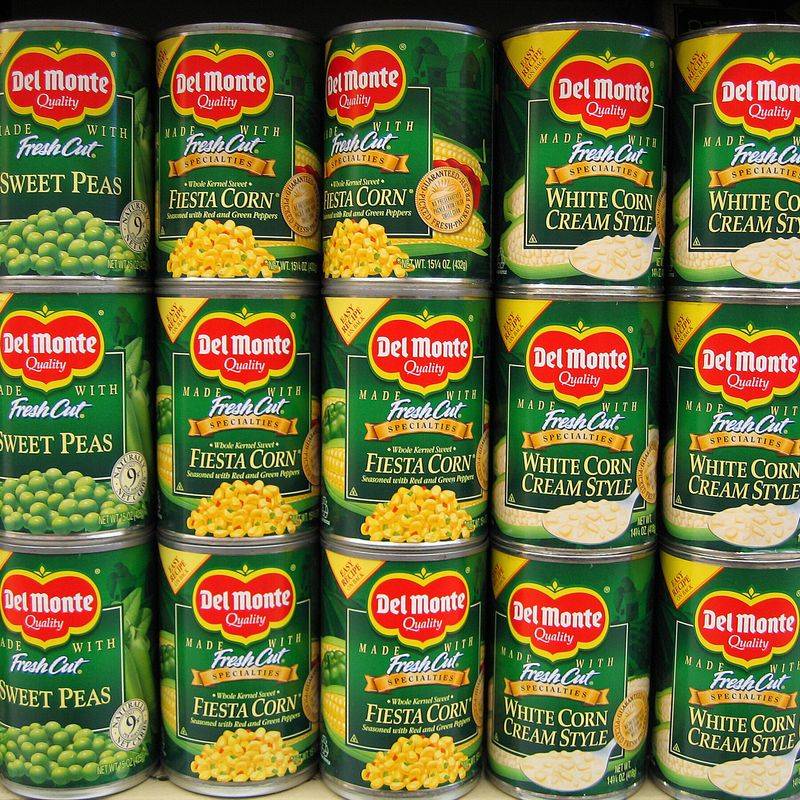
Del Monte, a name synonymous with wholesome canned goods, underwent a series of changes following its transition from Nabisco’s portfolio. Each shift brought adjustments in recipes, sourcing, and packaging that fans often viewed unfavorably. Del Monte’s story highlights the challenges of preserving brand identity amid multiple ownership changes. As loyal consumers noted differences in taste and quality, the brand’s journey serves as a case study in navigating evolving market expectations. Del Monte remains a testament to the complexities of maintaining heritage while adapting to new corporate strategies.
16. B&G Foods Acquisitions (Green Giant, etc.)
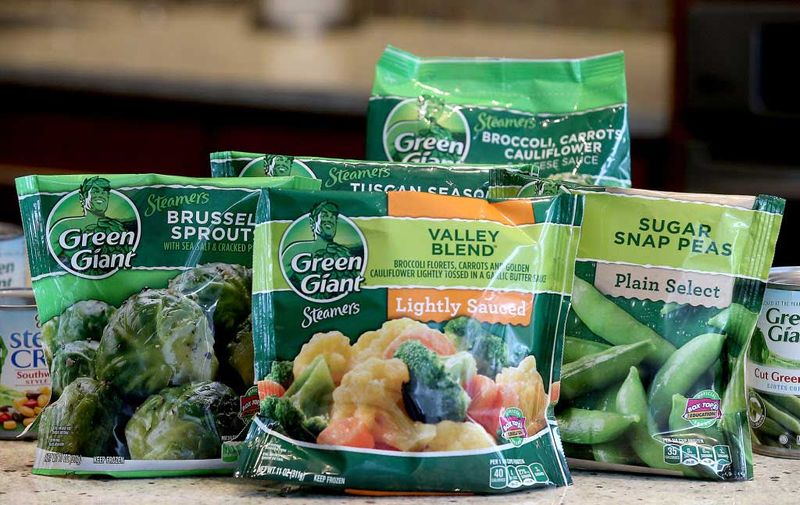
B&G Foods’ acquisition of legacy brands like Green Giant and Le Sueur introduced significant transformations. Long-time buyers noticed shrinking can sizes and ingredient changes, sparking concerns about declining taste. The story of these acquisitions reflects the challenges of integrating established brands into new corporate frameworks. As B&G Foods navigated the complexities of adapting to consumer preferences, the journey illustrates the delicate balance between preserving brand heritage and embracing necessary changes. The fate of these brands serves as a reminder of the intricate dance between maintaining tradition and pursuing growth opportunities.

